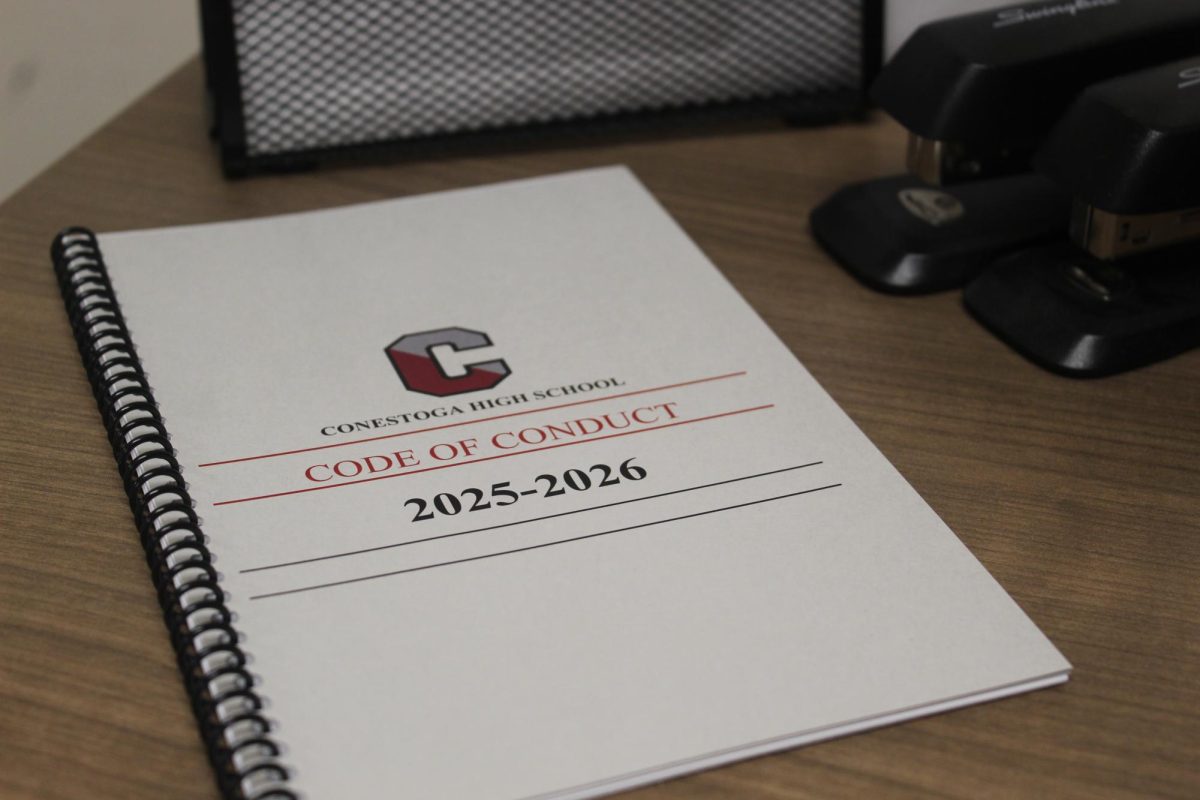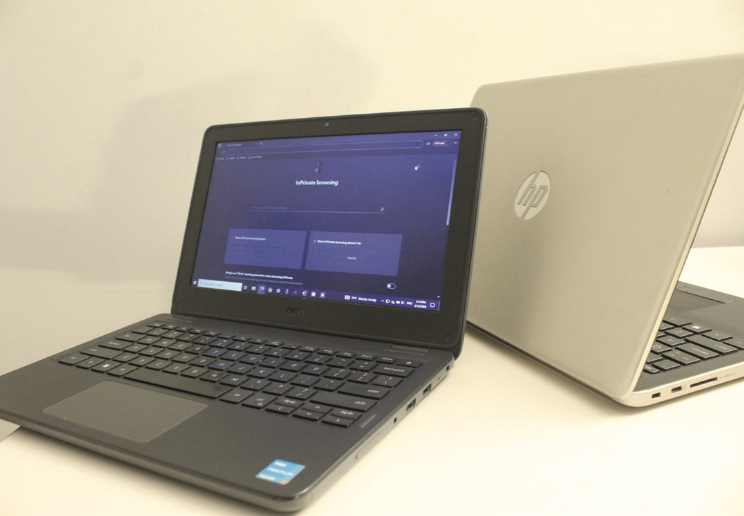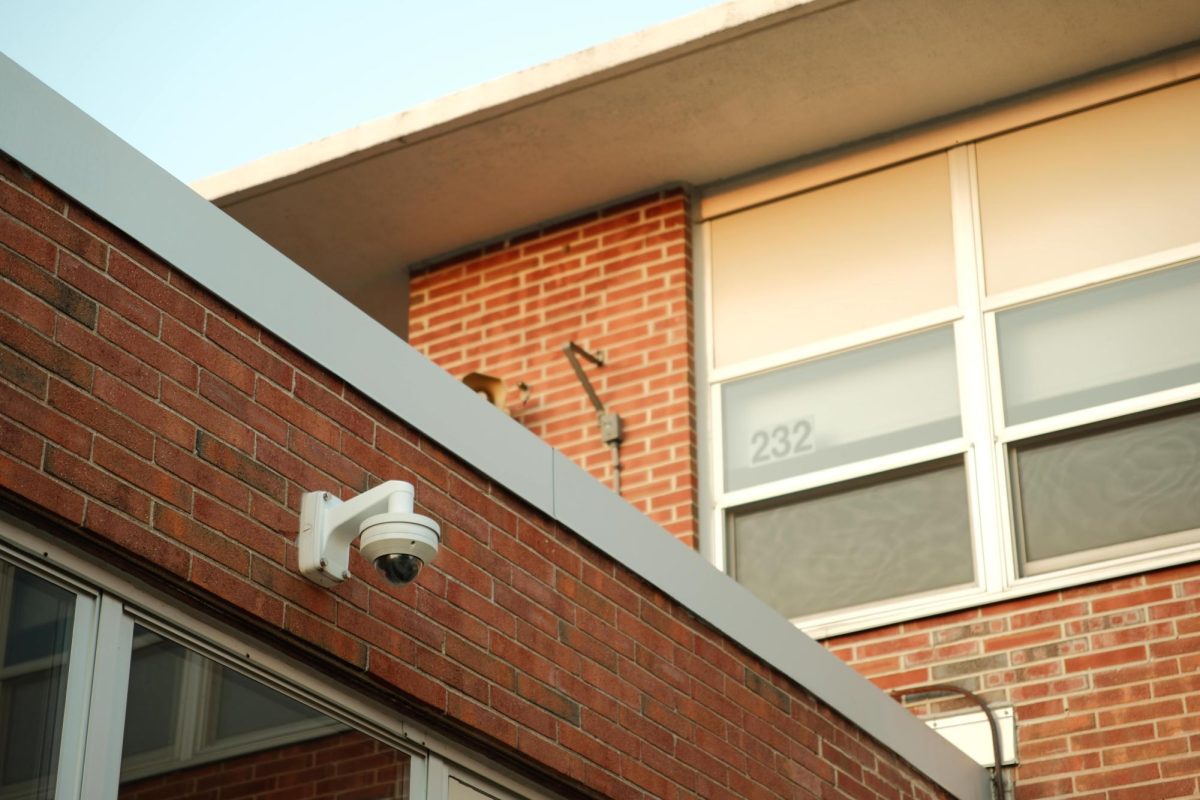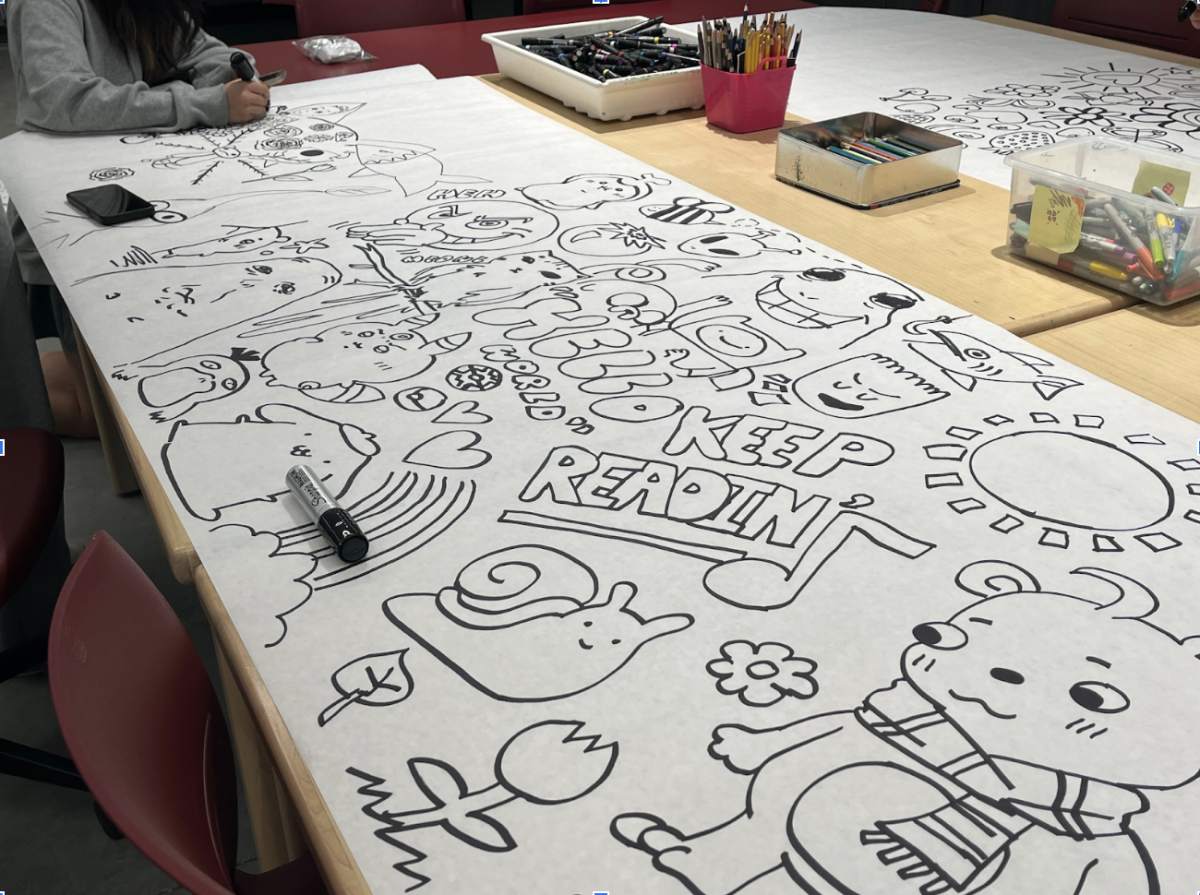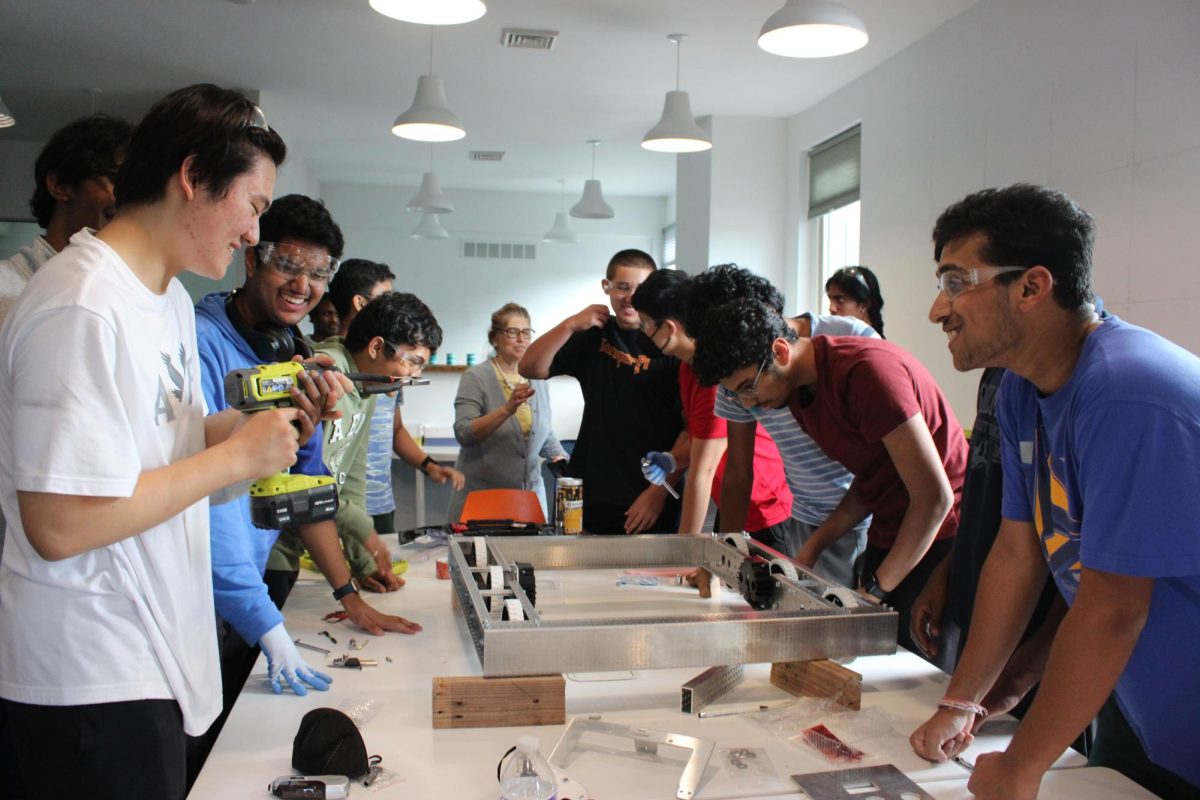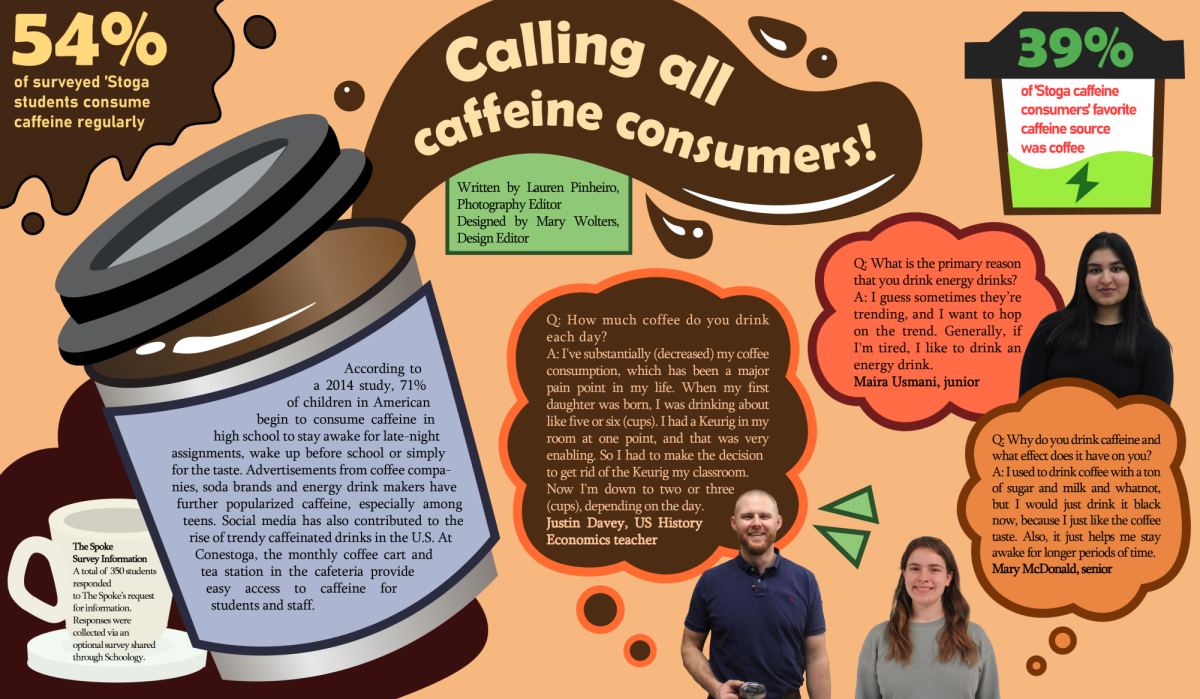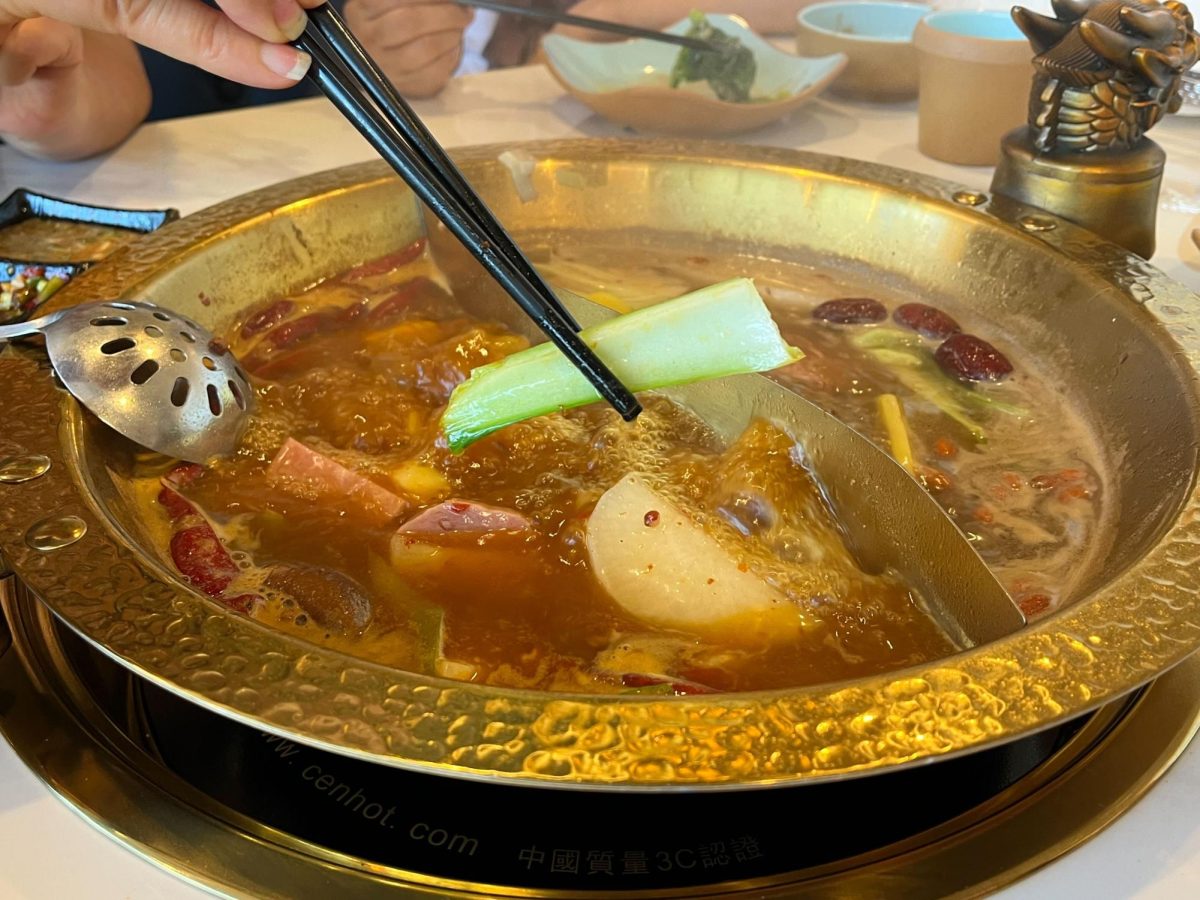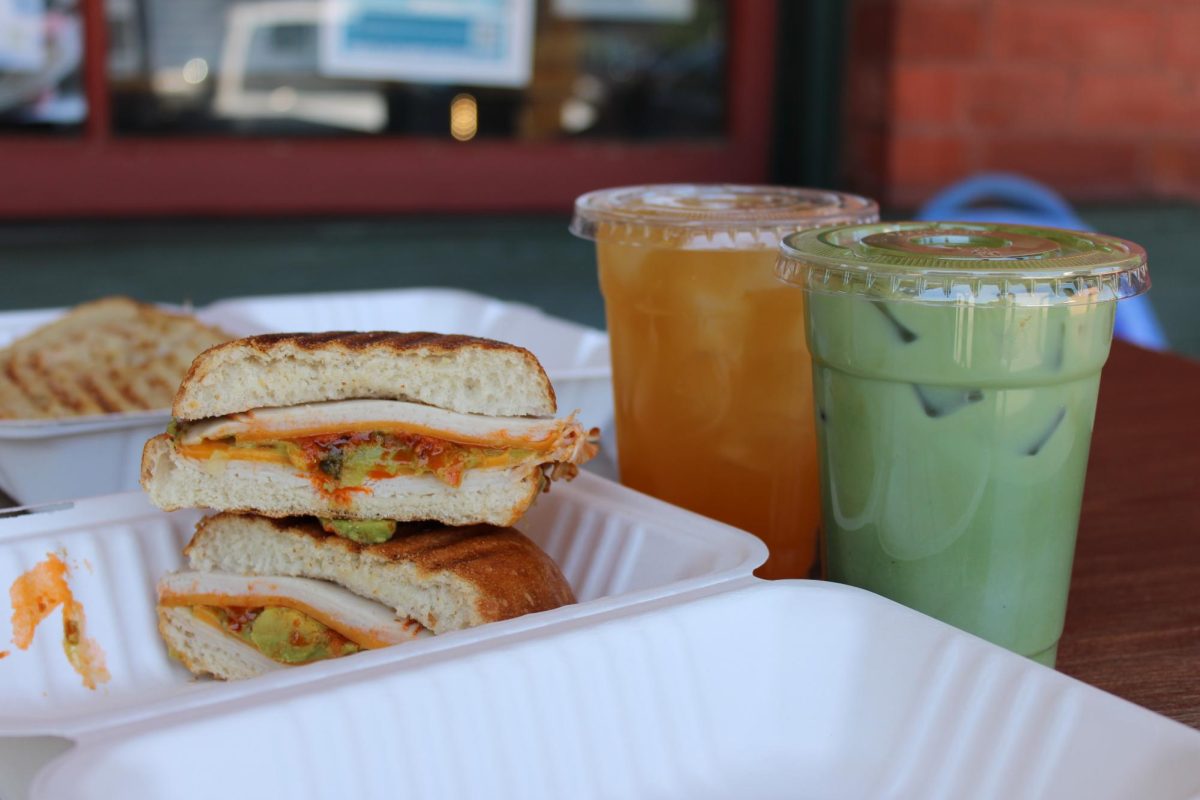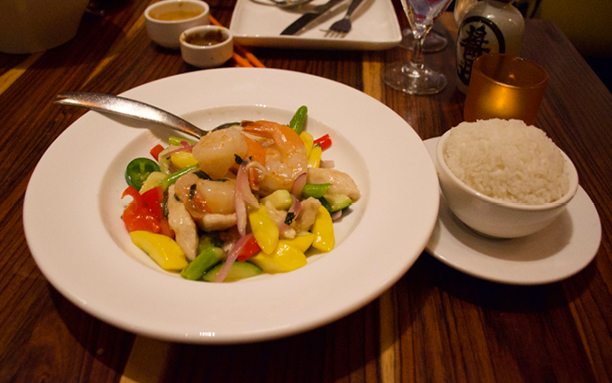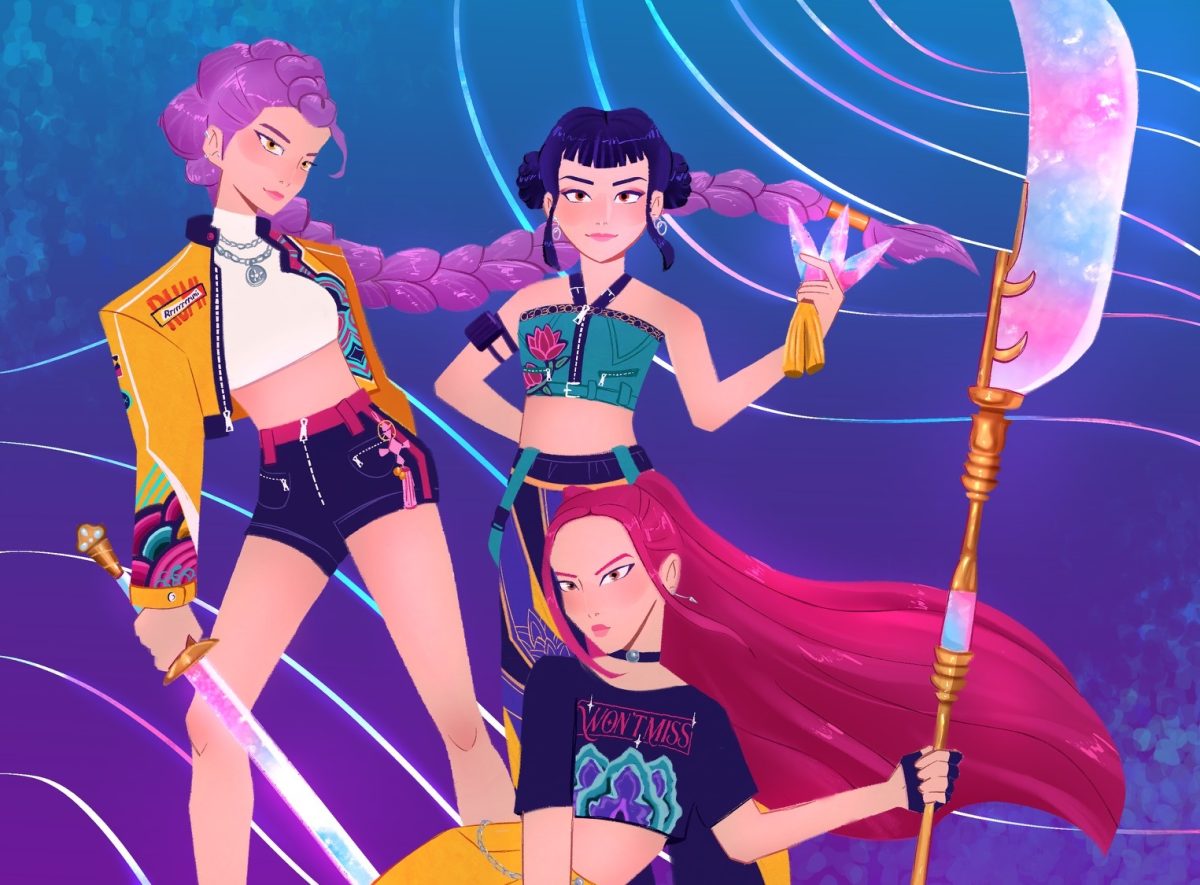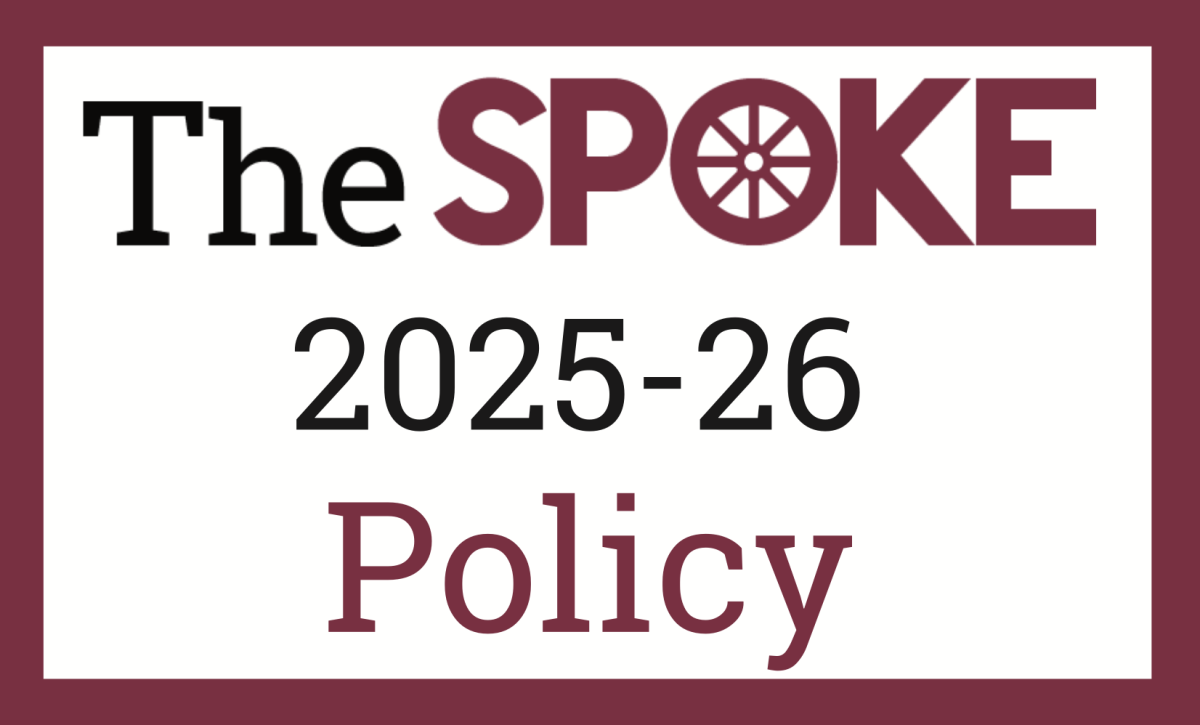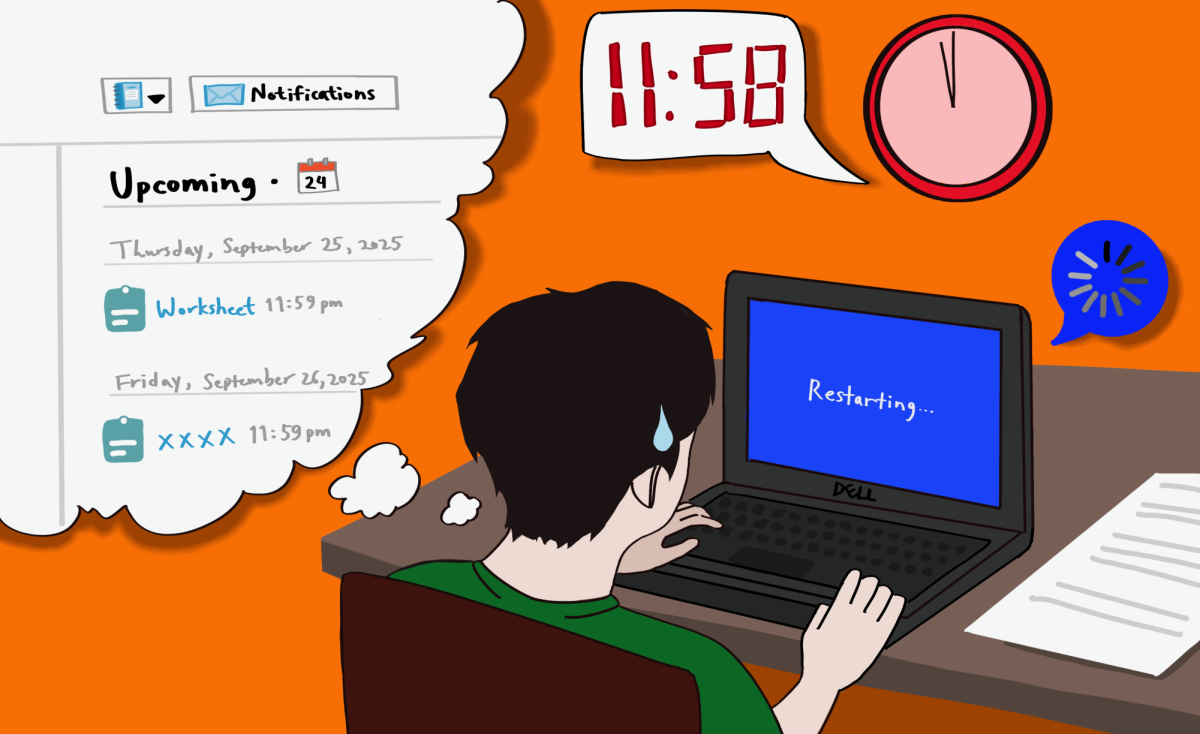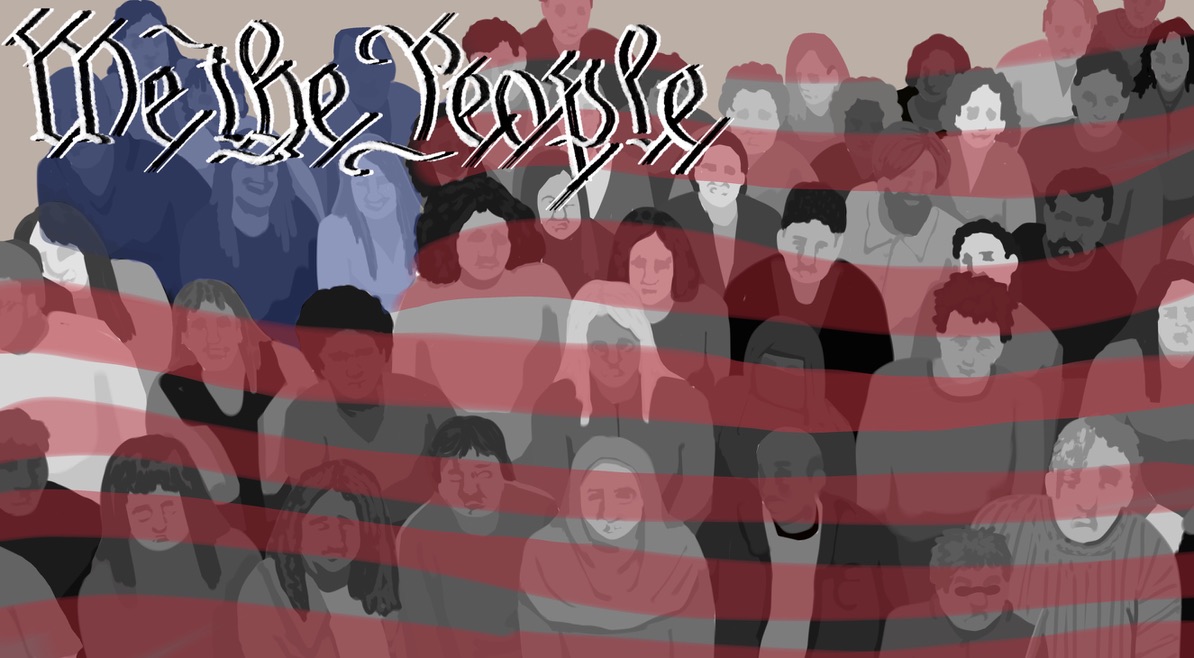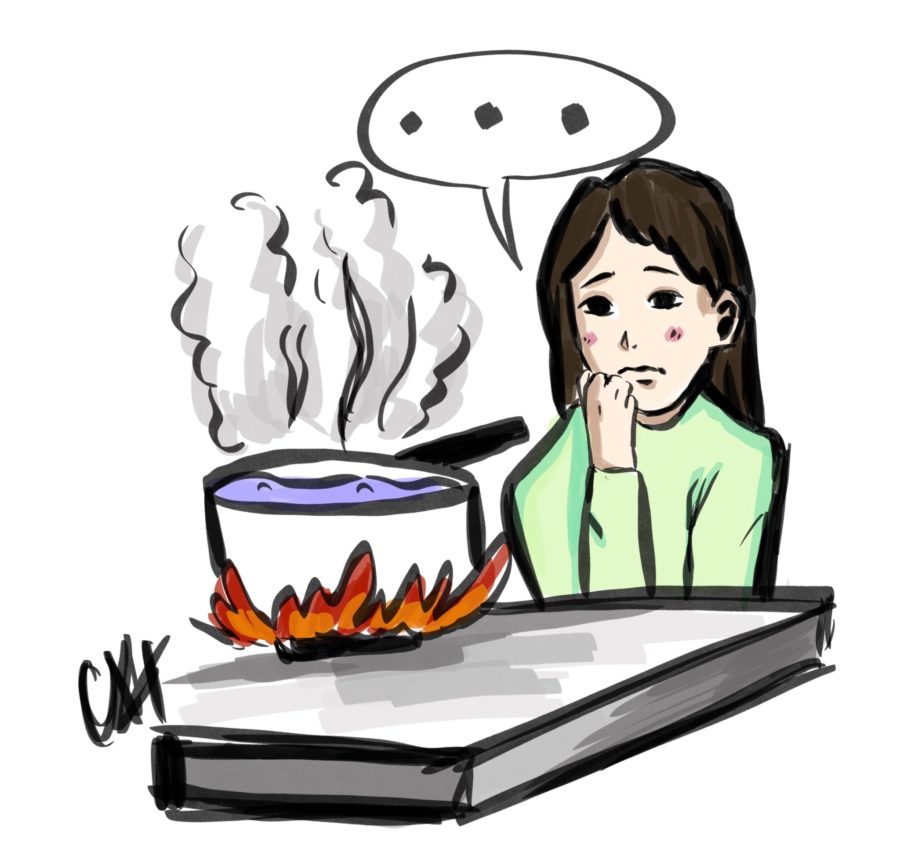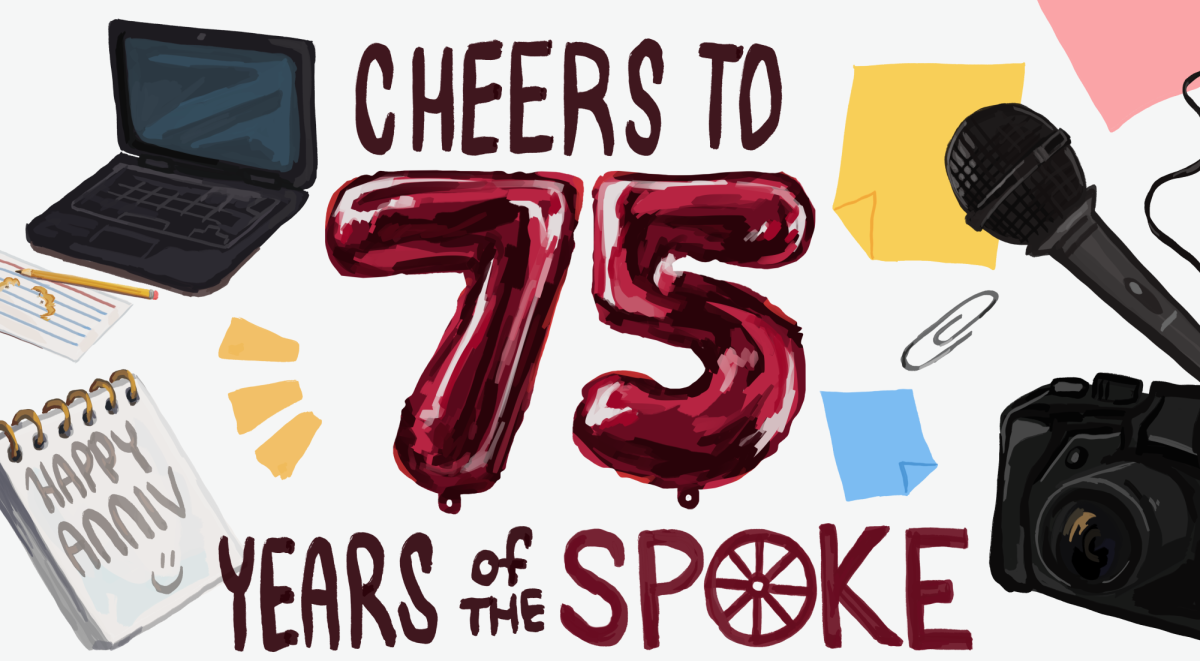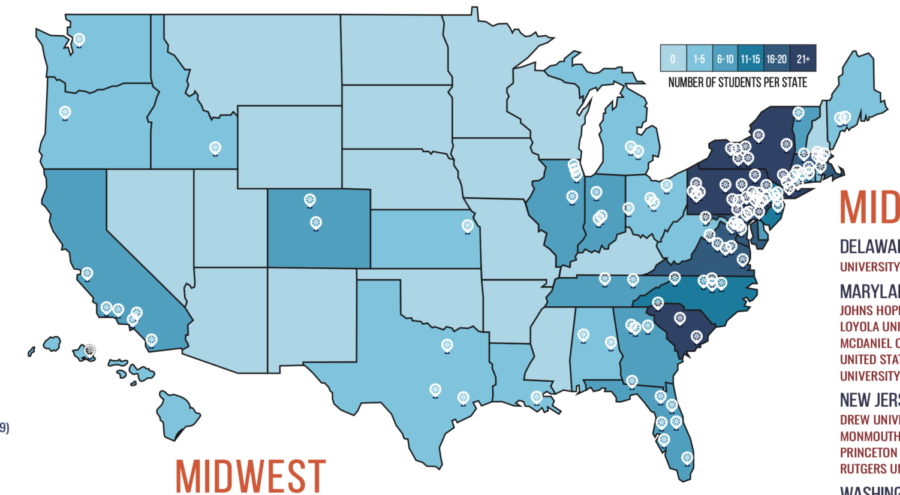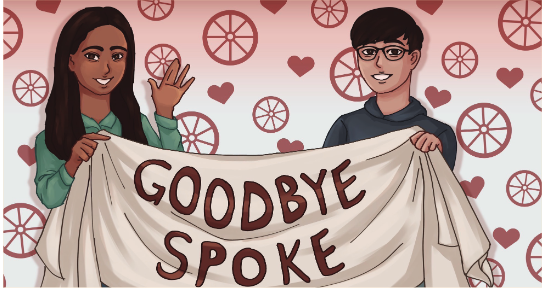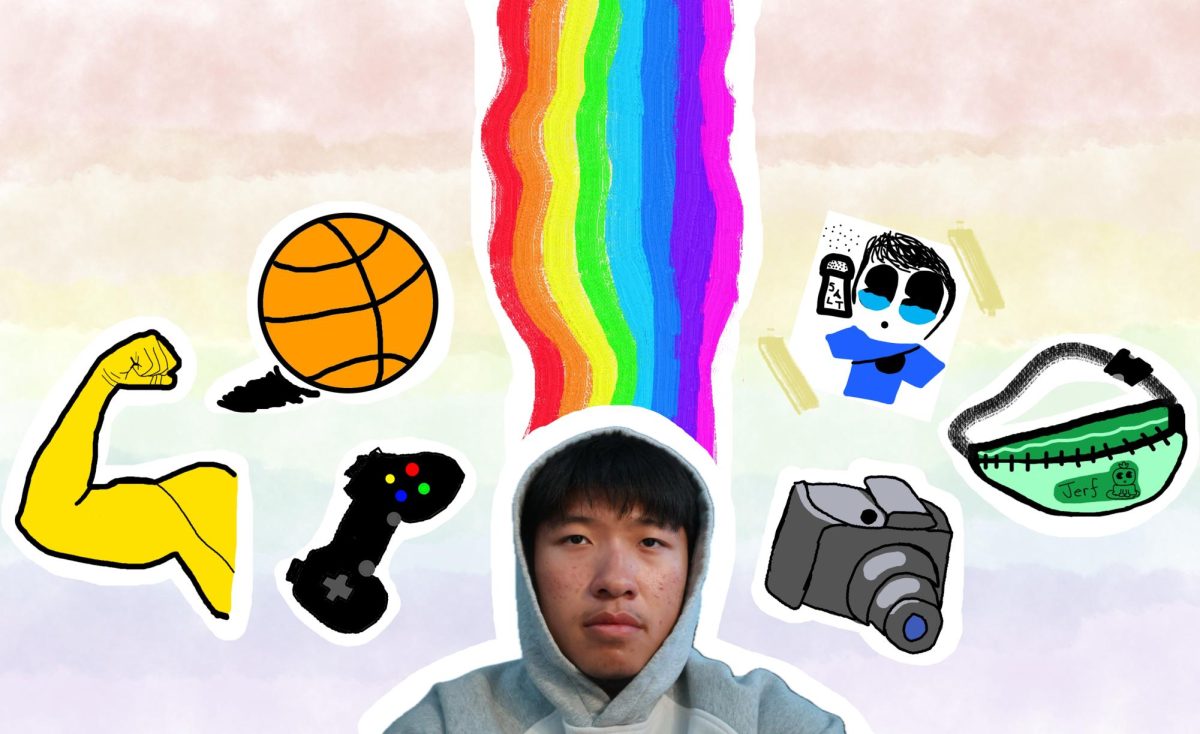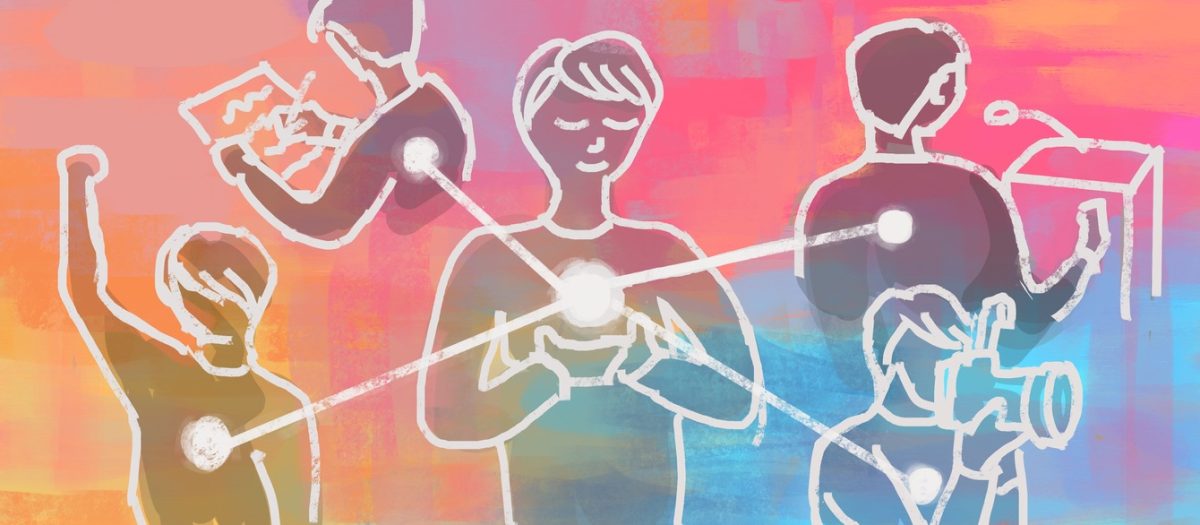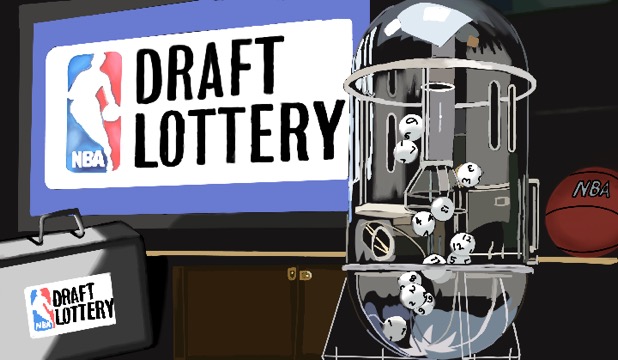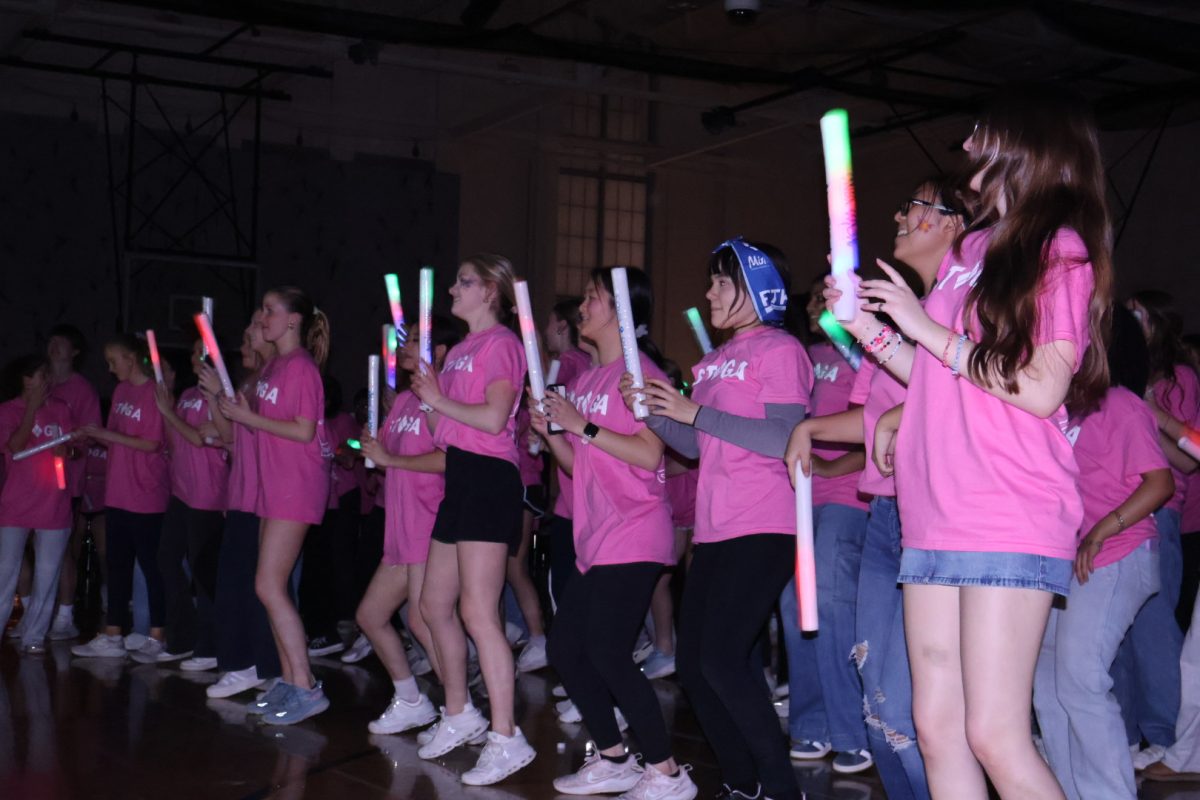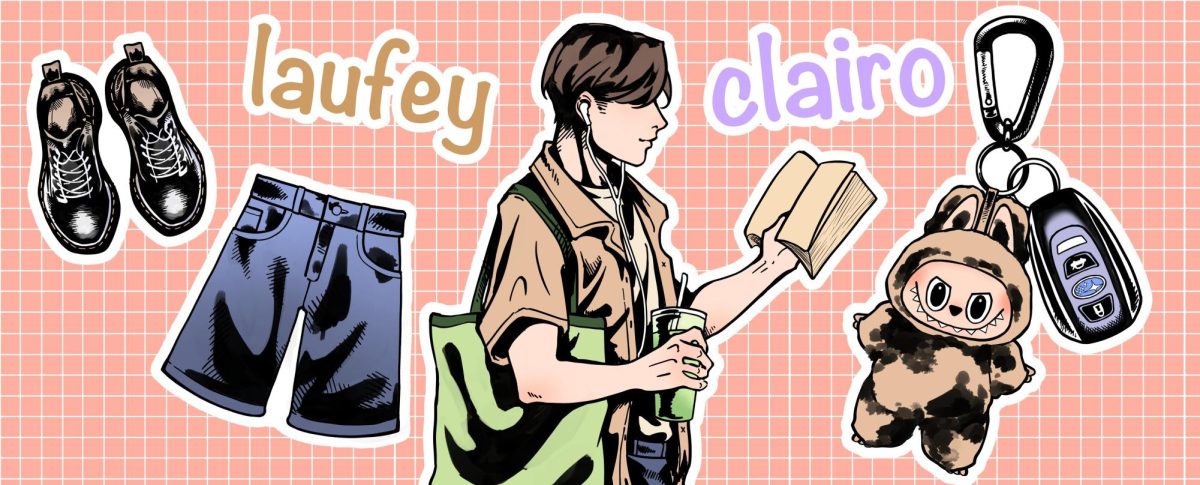“I’m going to stop eating now,” one person commented under a TikTok of a clean girl influencer showing her outfit. Despite this probably being said in a joking manner, the comment reflects the self-deprecation and jealousy that teenagers who watch videos promoting the clean girl aesthetic commonly have.
The aesthetic, a trend that emerged in 2021 with the rise of TikTok, represents a “chic” way of living filled with skincare, daily workouts and a minimalistic wardrobe. Despite originally beginning as a “healthy” lifestyle for young women, the trend has devolved into advertisement-based videos that endorse unnecessary products and promote unhealthy beauty standards.
Although some people argue that the trend helps young girls maintain a fit lifestyle that matches their desired aesthetic, the trend creates comparisons and insecurities more than it benefits teenagers’ ways of living. It also promotes consumerism by motivating young girls to achieve their “dream lives” through buying minimalistic products and clothes that fit into the aesthetic.
The trend’s promotion of unachievable ideals surrounding appearance and lifestyle creates heavy expectations among teenage girls, with the pressure often starting when they are young and unable to think critically about the media they consume. It can especially affect those with low self-esteem and increase their insecurity by focusing on unchangeable aspects of the body.
The trend dangerously perpetuates a slim female body and Eurocentric beauty norms like light skin, a small nose and high cheekbones. In a 2023 study by Florida State University psychology major Lily Jones on common themes found in the trend on TikTok, Jones identified 60% of video creators’ body types as thin, 66% of creators as adhering to Eurocentric beauty ideals, and only 6% of creators as nonwhite, demonstrating the trend’s focus on white and skinny influencers. This can cause viewers who are not of European descent or don’t have a body as skinny as the “ideal” to negatively compare themselves to these influencers.
According to a 2023 study done by The Cybersmile Foundation on young adults aged 16 to 24, nine out of 10 engaged in comparisons of their bodies or lifestyles with people online. The persistence of thin, appearingly flawless creators following the clean girl aesthetic maintains an unhealthy online comparison between viewers’ and influencers’ appearances. Creators capitalize on this comparison by selling expensive products, targeting impressionable people already struggling with self-confidence.
A 2025 survey by Piper Sandler Companies found that teens’ annual spending on beauty products has jumped 10% year over year and has now reached its highest level ever. According to various charts on marketing software platform CreatorIQ, makeup brands such as Tower 28, Rhode and Saie experienced booms in their earned media value — expected revenue from positive mentions in media — from 2022 to 2024, just as they became sought-after products within the clean girl community.
As the rise of social media has caused recent generations to become increasingly focused on their appearances, you must remember that your worth is not determined by your looks. It is important to remind yourself that everything different about you is what makes you truly beautiful. At the end of the day, you are enough.
Ashley Wang can be reached at [email protected].

